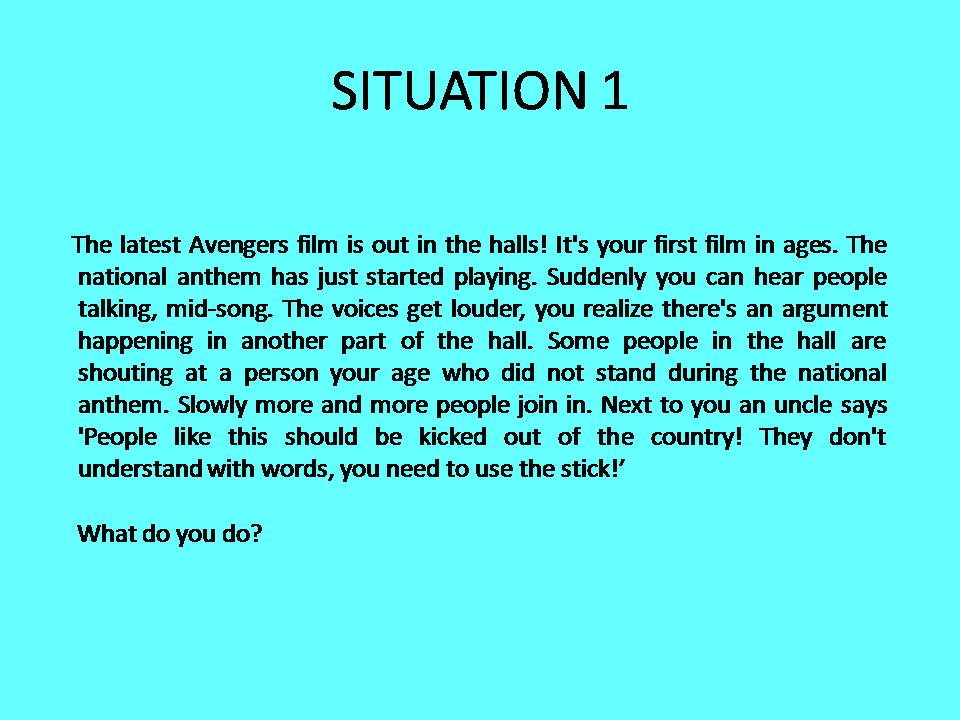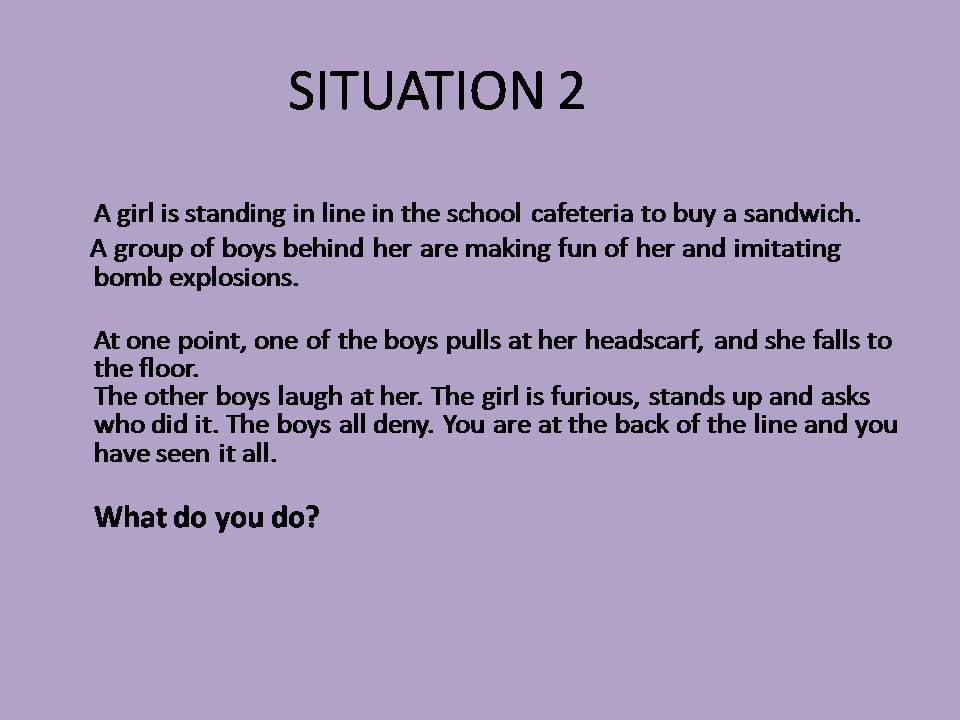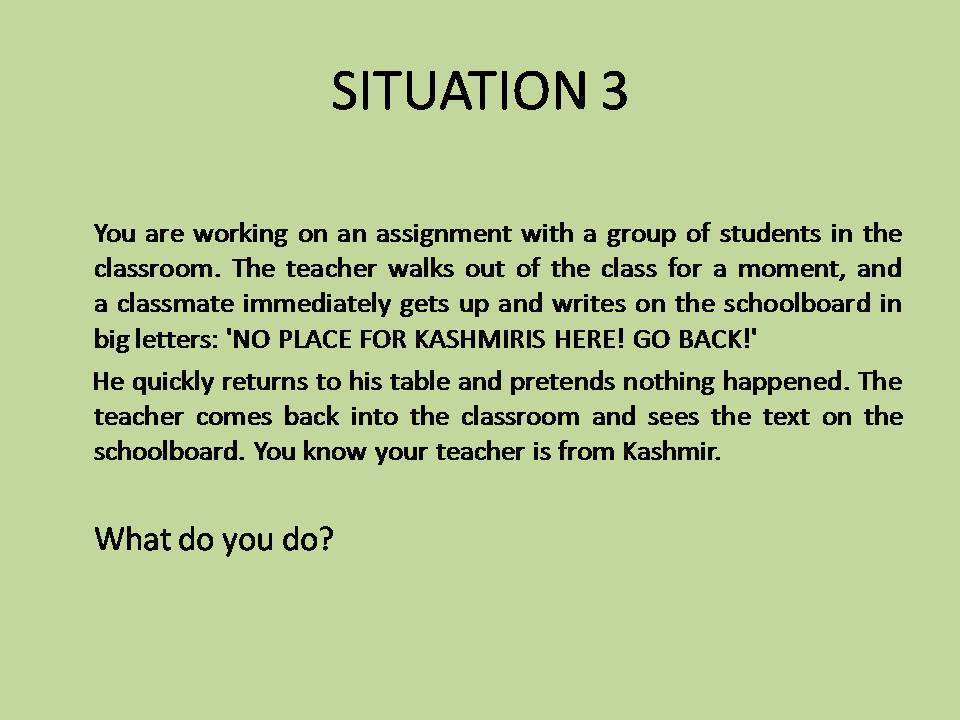Given that the pandemic has been raging in the country, we began the session with a brief chat, asking students about their wellbeing and their ways of coping with the circumstances.
cccWe then did a brief recap from the last session where we had discussed about the linkages of art with propaganda, and on the other hand, the culture of protest through art. This, we then tied in with the day’s discussion about the relevance of these questions at the personal level, drawing from Anne’s life. In doing so, one of the questions that we discussed at some length was the impact of art as propaganda. To this, the students pointed out the strong capacity of propaganda through art to brainwash people in making them believe in and internalize thoughts that are convenient to the powerholder. Therefore, influencing their ways of thinking and perceptions of the socio-political developments around them. Here, we referred back to the posters from Nazi Germany that we had analyzed in the last session.
cccWe then asked them to think about why is it that the same medium—art—is used also by the oppressed to give expression to their thoughts, experiences and struggles? Here, they spoke about how art gives the artist relative freedom to express their thoughts assuming the language of ‘creative liberty’. To this, we pointed out that while creative liberty does create a space where the artist could possibly express themselves without fear of judgement from powerholders, one must remember that it is artists who face grave and sometimes the worst threats during times of conflict in oppressive regimes precisely because of the power of the medium to communicate far and wide. In continuity to thinking about the value of art as a medium of expression for the oppressed, we discussed that when experiences of oppression are so deeply intimate and embedded in people’s everyday realities, it is often difficult to take a step back and articulate those experiences for others. Here, art opens up diverse avenues and seamlessly makes that space to give voice to such experiences whereby the narrativizing becomes that much more humane for the artist as for the viewer/ listener.
cccIn the next segment, a clip form the Anne Frank video diary titled—‘My Big Dream’ was screened, followed by a range of questions emerging from it. One of the first things that a student picked from the clip was the line where she says that she fears she will be the dumbest fifteen year old child because she is having to miss school. She pointed out that this line in a sense shows that her fears and anxieties are as normal, real and even mundane as that of a young child, despite the larger, most threatening structural issues that she is constantly battling with every day.
cccTwo students brought in the question of how it was possible for a broadcast to be announced calling for people to collect and look after any records they were keeping of their time under Nazi oppression, when the radio stations were surely being strictly monitored. We shared that the announcement in question was made by a Dutch Minister who had fled to Britain for sanctuary and was using a British radio channel to make this appeal to all users of the Dutch language; this also perhaps inspired some hope in an ‘after’ to the trying years of the Nazi regime. Here, Ms. Sunita Biswas (History teacher, MHS) added that there were many frequencies unavailable to the Nazi authorities that were used for communications by the Allied Powers and those in resistance.
cccThe other sentence that we then took up from the clip was ‘We want to collect your own reports after the war as a memory to the survivors . . .’, and we asked them if there is value in doing this? Here most students, pointed out that this is an extremely important exercise because most often what happens is the voices of the marginalized get entirely lost and their experiences forgotten over time because of the larger powerful narratives. Finally, we asked them—why is it that history cannot be written only with official documents, as is said in the clip? To this, they pointed out that official documents are most often agenda driven and rarely a reflection of the true experience. Therefore, one must always be cautious of official documents, and even while using them, there is the urgent need to juxtapose them with other sources, for instance oral histories. This led us into thinking about the nature of sources and the importance of looking at a diverse range of sources when reading history, and even as we do that, to be aware of the writer’s bias in them.
cccDividing students into five groups, we assigned each a ‘situation’ of discrimination to respond to, some of which were riffed off an activity in the AFYN toolkit. Below are the situations along with a basic gist of students’ responses.
Response: Starting the argument mid-anthem is equally disrespectful, hypocritical. There could be other valid reasons for the person not standing, so we would first ask everyone to stop the commotion.
Response: We would not directly complain against the boys responsible but would ensure we support the girl in what she chooses to do with the incident. A student from a different group later said she would not hesitate to complain against the boys.
Response: First we would decide if we agree with that statement. We would make it explicit to the teacher that we disagreed with the message but we would not report the student who wrote the message to the teacher/school admin. We would try to talk to the student and try to understand why they did what they did.
Situation 4:
The person who collects your garbage has requested all of you to segregate your waste as recyclable and non-recyclable so that it is just a little bit easier for them when they are sorting out the waste. However, your neighbour just refuses to do that claiming that looking through and sorting out his own waste is not his responsibility and continues to dump one big bag in the hands of the garbage collector. When the person collecting garbage tries to explain his reasons for the request, your neighbour shouts at him and threatens to complain against him. You have seen this play out, what do you do?
Response: Since it is likely the neighbour is much older than us, we would first try to intervene politely. If that doesn’t work, we’d go through our parents. If even that fails and things get drastic, we will report them to some district admin or to the police since segregating garbage has been recommended by the Municipal Corporation. It is important to stand up for the garbage collector and be an upstander and not bystander.
Situation 5:
For this group we shared a clip from Neeraj Ghaywan’s short film ‘Juice’, depicting a specific instance of class- and caste-based discrimination towards a domestic help, through choice of utensil. The situation for the students was: If they were one of the friends lounging in the kitchen where this discrimination occurs, what would they do?
(Clipped from: https://www.youtube.com/watch?v=R-Sk7fQGIjE&t=4s)
Response: We would ourselves drink from the steel cup and give the maid a glass cup or all drink from steel cups. We would prioritize taking action to let the maid know that the rest of them in the room respect her. This would also make the friend who passes the steel cup aware of the problem with her action. If it does not, we would not hesitate to offend her the next time.
cccIn each case we attempted to problematize the students’ responses to encourage them to probe their choices and their repercussions deeper. For instance in situation 1, would they extend the same support to the person who does not stand for the anthem if the person consciously chose not to stand for the anthem and not because they were unaware of the law or physically unable to stand? Or in situation 4, would they be prepared to live with their potentially offended neighbour in hostility after complaining against them?
-Rajosmita, Ranita.



